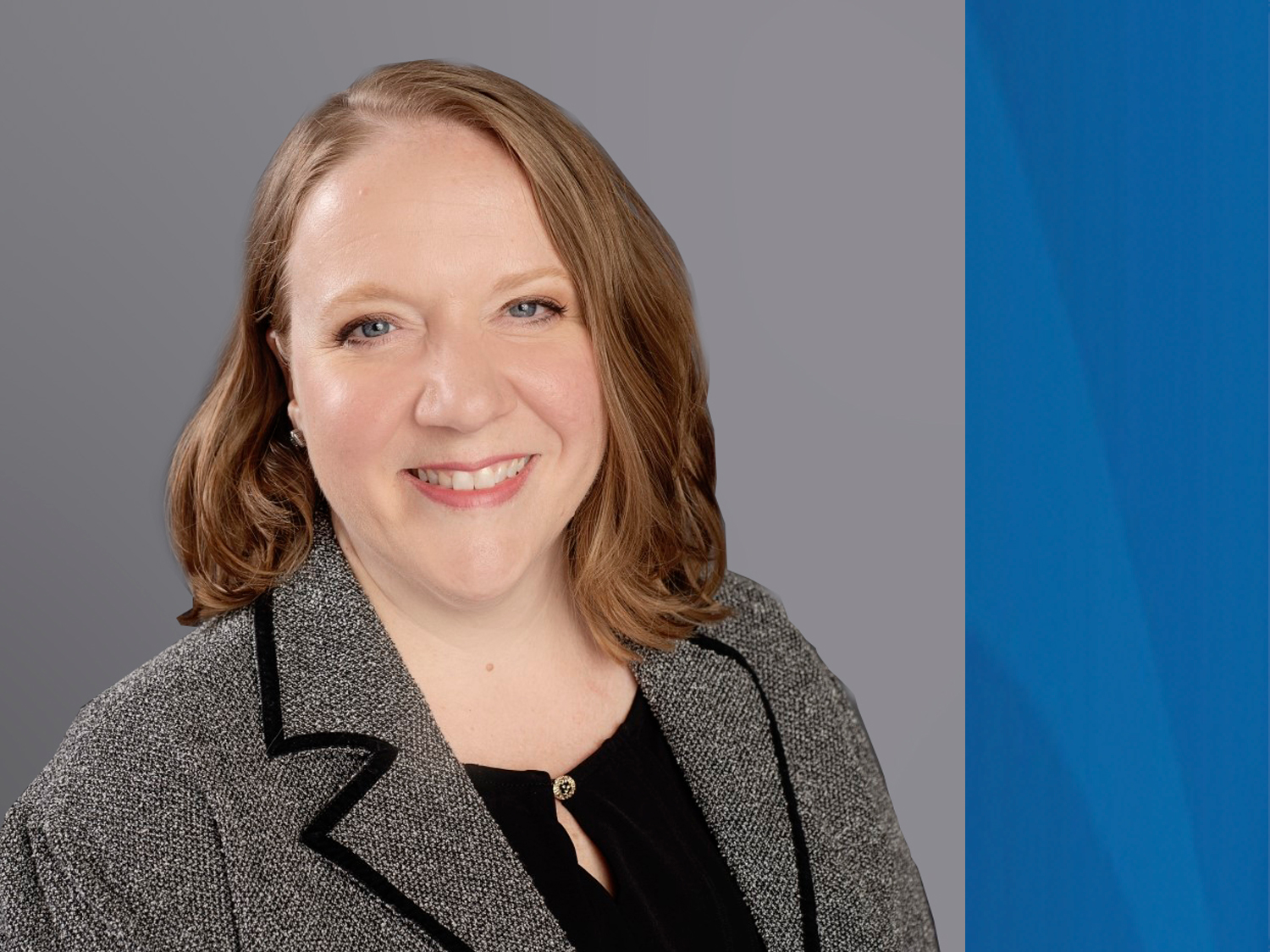
“If you fail to plan, you are planning to fail.” – Benjamin Franklin
Many of our patients have long-term, chronic disease. Most of these diseases have understood and reasonably predictable trajectories allowing for a proactive approach to disease management and acute changes in condition related to the chronic illness. At the center of proactive care is a well communicated and evidence-based contingency plan.
TruHealth APPs and RNs are trained to identify where the patient is on this trajectory and to anticipate exacerbations and decline. They assess for “red flags” and “triggers” based on the individual patient’s response to stress and changing health status in the past to develop a unique care plan for the future- a contingency plan. By observing and interacting with the patient frequently during times of stable health and in times of illness, the APP can better predict a forthcoming chronic disease exacerbation and outline and communicate a treat-in-place plan to ease symptoms, manage acute changes in condition, and prevent an unnecessary hospitalization.
A contingency plan should encompass individualized disease trajectory education for the patient and her/his caregivers, advance care planning, proactive treatment orders to head off acute crisis and address symptoms, and communication with stakeholders.
Heart disease, diabetes, chronic pulmonary disease, dementia, recurrent urinary tract infections and pneumonias are the conditions that are most often managed with contingency planning. The shifts from stable chronic disease to acute exacerbation can be identified and usually successfully treated early when a contingency plan is in place and followed.
Communication is key to executing a contingency plan that succeeds in treating in place. With the APP understanding the patient’s and caregiver’s goals of care, she/he can design a treatment plan well ahead of the next acute event to include medications, therapies, referrals, or comfort care. In collaboration with the patient’s PCP and the center’s clinical staff, a proactive treatment protocol can then be established for the patient’s unique goals and needs.
Contingency plans prevent rushed communication and decisions during the next acute change in condition and health crisis. They decrease confusion regarding the plan of care and keep the entire care team on the same page with treatment goals. Contingency plans improve the safety of treat in place trials and lead to greater treat in place success. Contingency plans for our patients also prevent pain and suffering due to delays in treatment, undesired acute clinical workups, disorienting transfers, and risk of nosocomial infections.
Contingency planning is a hallmark of successful treat in place programs and a vital tool to prevent unnecessary hospitalizations and readmissions.
